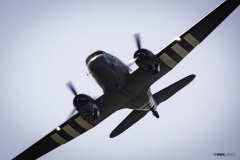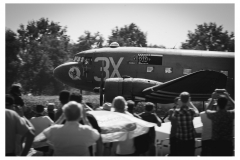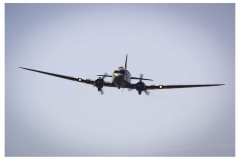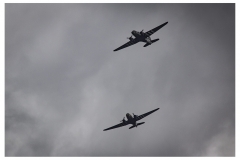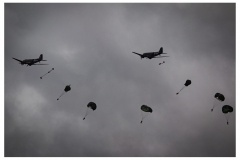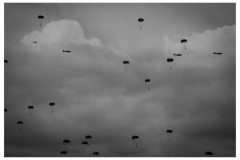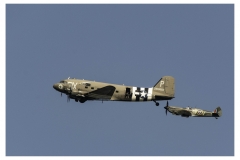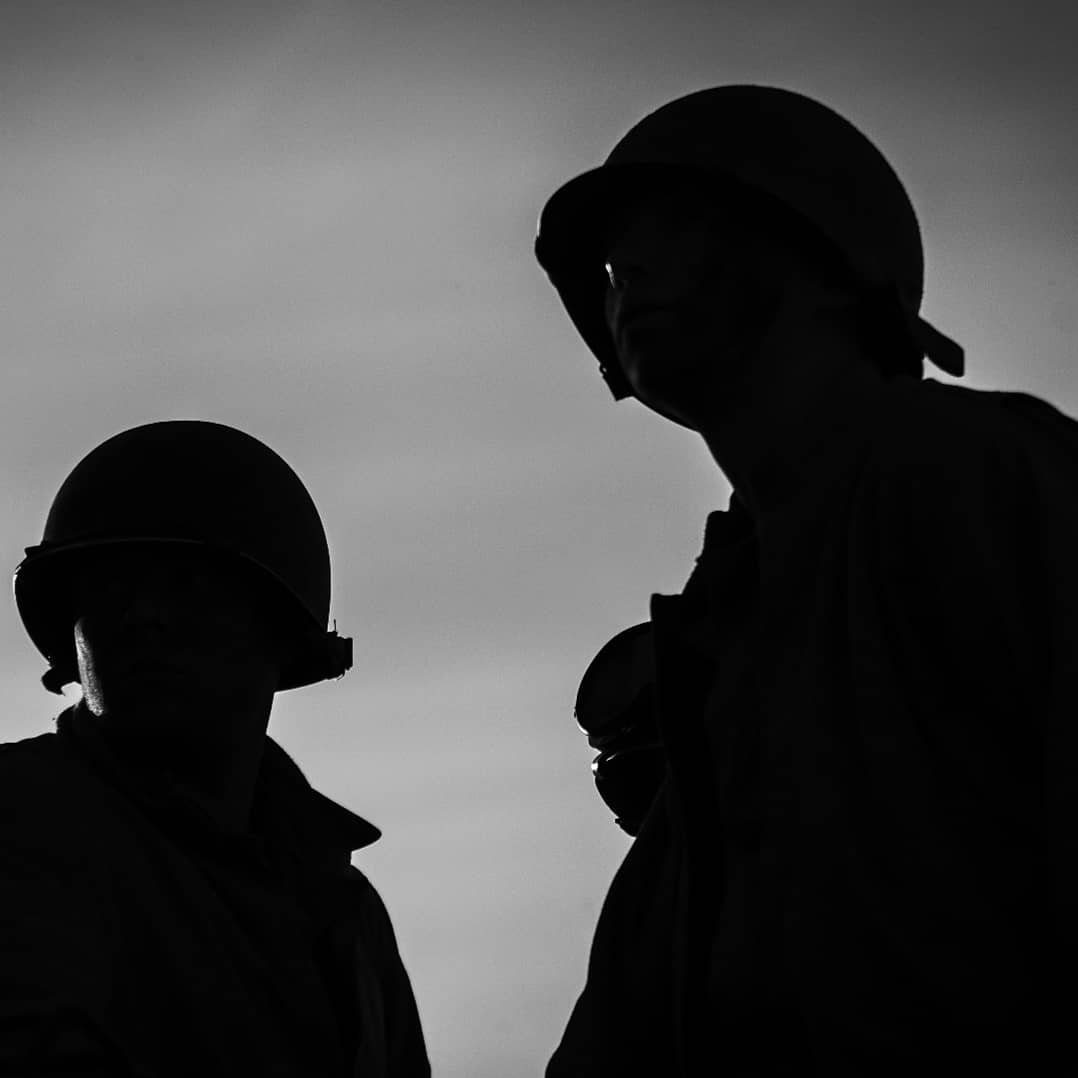The plane that changed the world
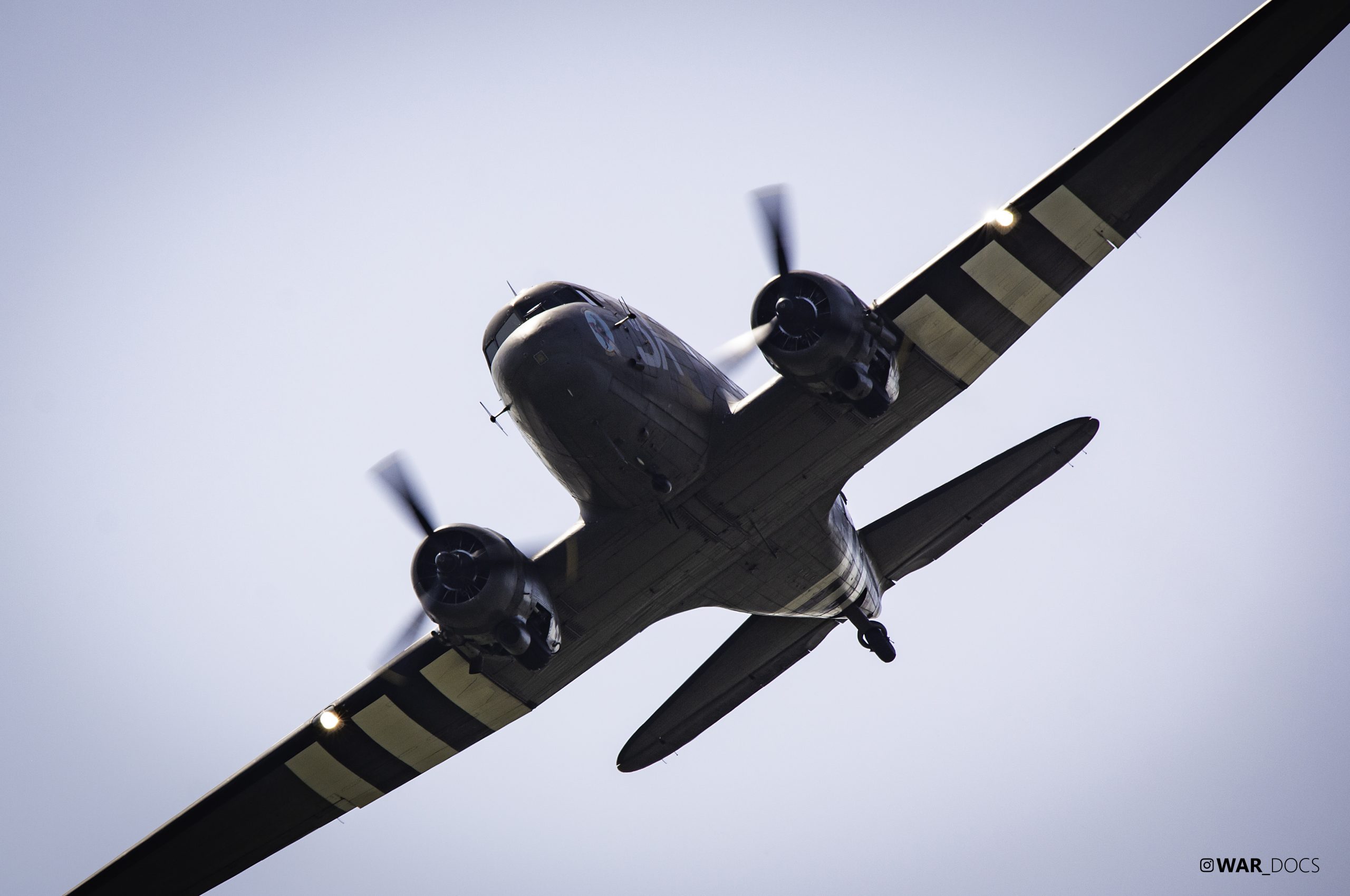
Which plane could possibly have this title? If you haven’t figured it out yet. No, she isn’t a fighter or a bomber. She is ‘simply’ a plane to transport passengers, cargo, or paratroopers to the frontlines or any other location. But yet she has made a very large impact in the 1930s, during the second world war and well after the second world war in all corners of the world. She is also known as the plane that changed the world.
History
DC-1
It all started with the aftermath of a historical plane crash, that marked the beginning of the all-metal type aircraft to be developed. On the 31st March 1931 a TWA(Trans World Airlines – today) Fokker F-10A Tri-motor crashed at Bazaar, Kansas. This plane was mainly made out of laminated wood and fabric and this construction style created fear among the public. The Fokker used to be the most used and modern airliner of the day.
This crash marked a monumental moment in aviation history and sparked radical changes to airline regulations because safety and reliability were starting to get important. This meant the need for full-metal airplanes was growing and competitive designs were quickly put into prototyping and development.
One of these designs is the prototype DC-1(Douglas Commercial) plane by Donald W Douglas. This prototype DC-1 was a streamlined twin-engine aircraft with a place for 12 seats. However, TWA liked the prototype, but to rebuild their reputation and flourish once again as before the crash they ordered 20 planes of the prototyped DC-1, but with more seats(14) and more powerful engines. This became the production model DC-2.
Additional Specifications:
Cruise speed: 192 mph or 310 km/h
Range: 1000 mi or 1600 km

DC-2
The newly DC-2’s first flight was on the 11th of May 1934 and the design impressed the American and the European airline companies. The Dutch company Fokker did purchase a license from Douglas in order to use the DC-2 in Europe. However these were not completely built by Douglas and came as a kit to Europe where the planes were finished.
One of the most famous DC-2’s is the ‘Uiver’ from KLM with callsign ‘PH-AJU’. In October 1934 KLM joined with the Uiver the MacRobertson Air Race between London and Melbourne. Out of twenty contesters it finished second in a non-purpose-built aircraft. Sadly, the Uiver crashed later that year during a flight from the Netherlands to Batavia killing all seven crew. There is however an airworthy and flying DC-2 ‘Uiver’ replica in the Dutch aviation museum Aviodrome today.
Additional Specifications:
Cruise speed: 190 mph or 306 km/h
Range: 1087 mi or 1750 km
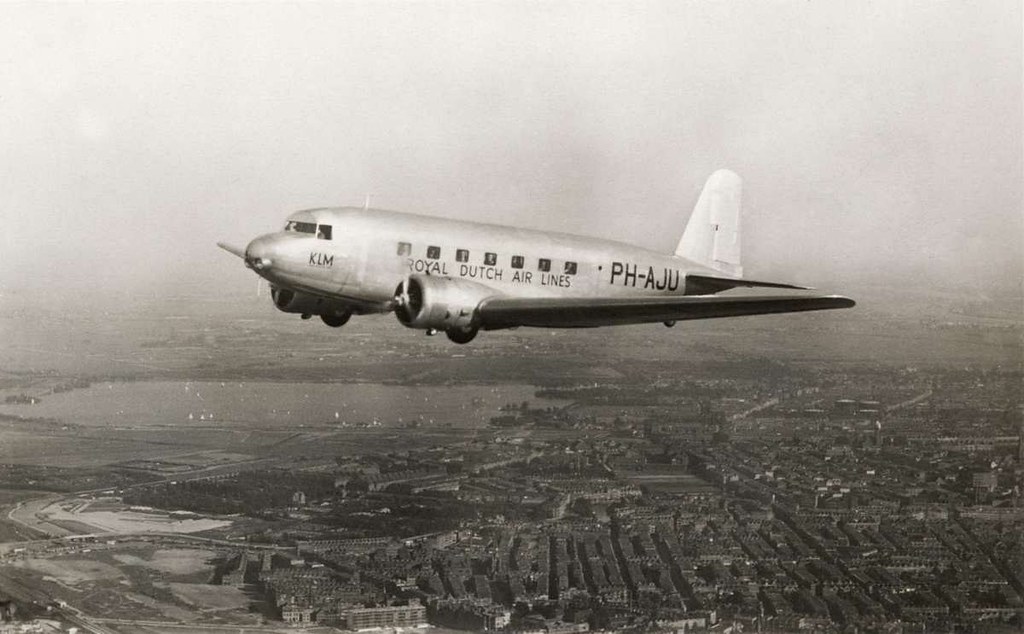
DC-3
The famous DC-3 is the result of a phone call between the CEO from American Airlines, R. Smith, and Donald Douglas. There was some room for improvement on the DC-2 so Smith persuaded Douglas to design a larger version of the DC-2 as a sleeper aircraft to replace the American Airlines Curtiss Condor II. The deal was settled when Smith informed Douglas to buy initial 20 planes of the new type.
Douglas named the new type the DST(Douglas Sleeper Transport), with 14-16 sleeping beds on board. Its maiden flight was on December the 17th 1935. However there was also a plane with only seats needed that was given the name that many people will recognize today; DC-3 with 21 seats.
The DC-3 and the DST quickly became popular in the United States and with these planes, Eastbound transcontinental flights could cross the United States in 15 hours with only three refueling stops.
Additional Specifications:
Cruise speed: 207 mph or 333 km/h
Range: 1491 mi or 2400 km
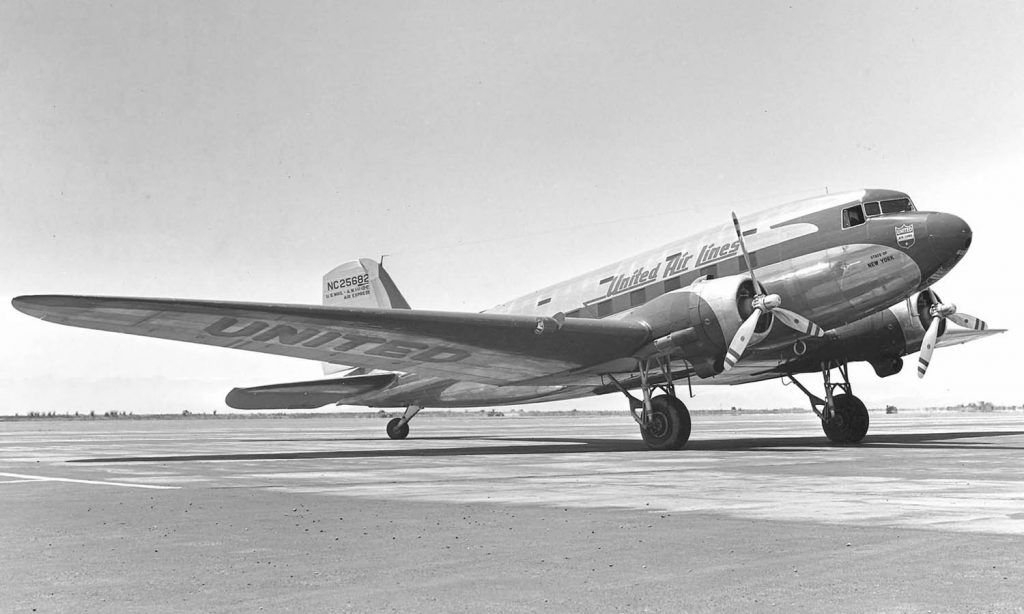
Military Variant
In 1942, with the war now raging on for the United States as well, there was a need for an aircraft that could serve the military many different purposes. The USAAF(US Airforce) modified the existing base model of the DC-3 to military spec and called this new military version the well known ‘C-47 Skytrain’. The RAF(Royal AirForce – British) nicknamed the military variant the ‘Dakota’. This military spec included a newly fitted cargo door, hoist attachments, strengthened floor, and glider-towing shackles. Besides the interior that has been stripped out.
The allies now had a multi-functional, robust, and easy to maintain plane that could be used for the transport of men, cargo, towing gliders and famously for dropping the Airbourne troops onto the frontlines.
The C-47 was used in all corners of the war, in the pacific and the European theatre and most notably the famous Airbourne dropping over Normandy during Operation Overlord(D-day) and the Airbourne dropping in the Netherlands during Operation Market Garden.
In total 10.174 examples were built and some of them are still airworthy today and can often be seen at airshows around the world. After the war some C-47 were continued to be used for the military, even during the Vietnam war, however, thousands of surplus C-47 were converted for civil and airline use. Some of these remain in operation until this day, as well as being used as private aircraft. It is estimated that there are still 2000 DC-3 and C-47 flying today(data from 2013).
There are a ton of different variations on the C-47 for different purposes and uses, however that goes beyond the scope of this article.
Additional Specifications:
Cruise speed: 207 mph or 333 km/h
Range: 1600 mi or 2600 km
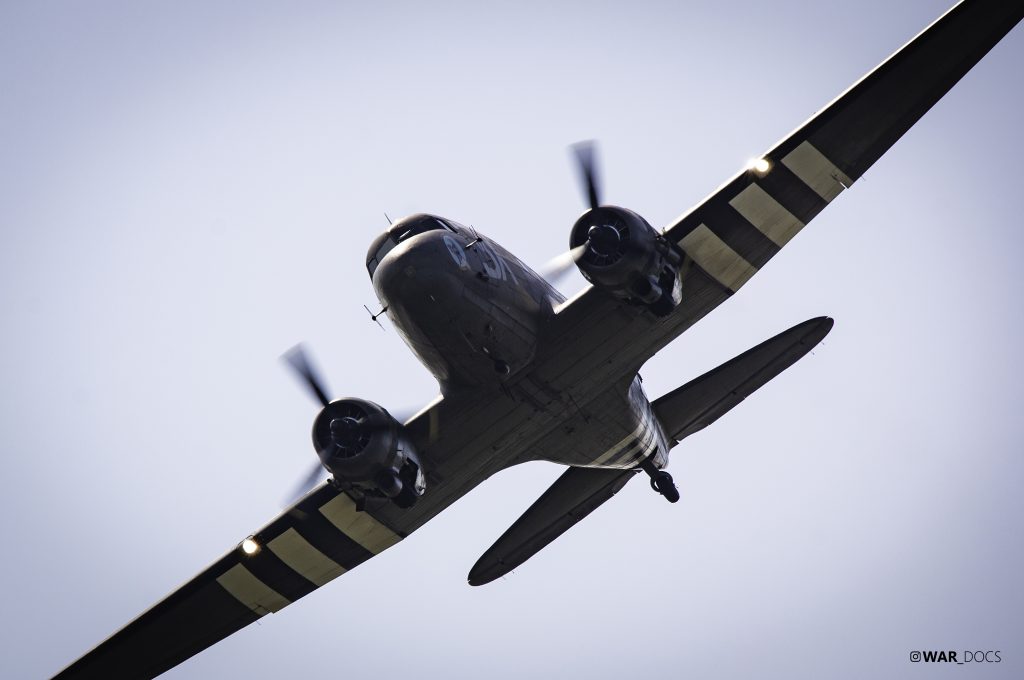
Because the DC-3 was one of the reasons for the explosion of civilian/commercial aviation in the 1930s and she made aerial transport easy, safe and reliable over long distances and for her part in the war(s) as a military variant the C-47, she was later given the title ‘The plane that changed the world’.
